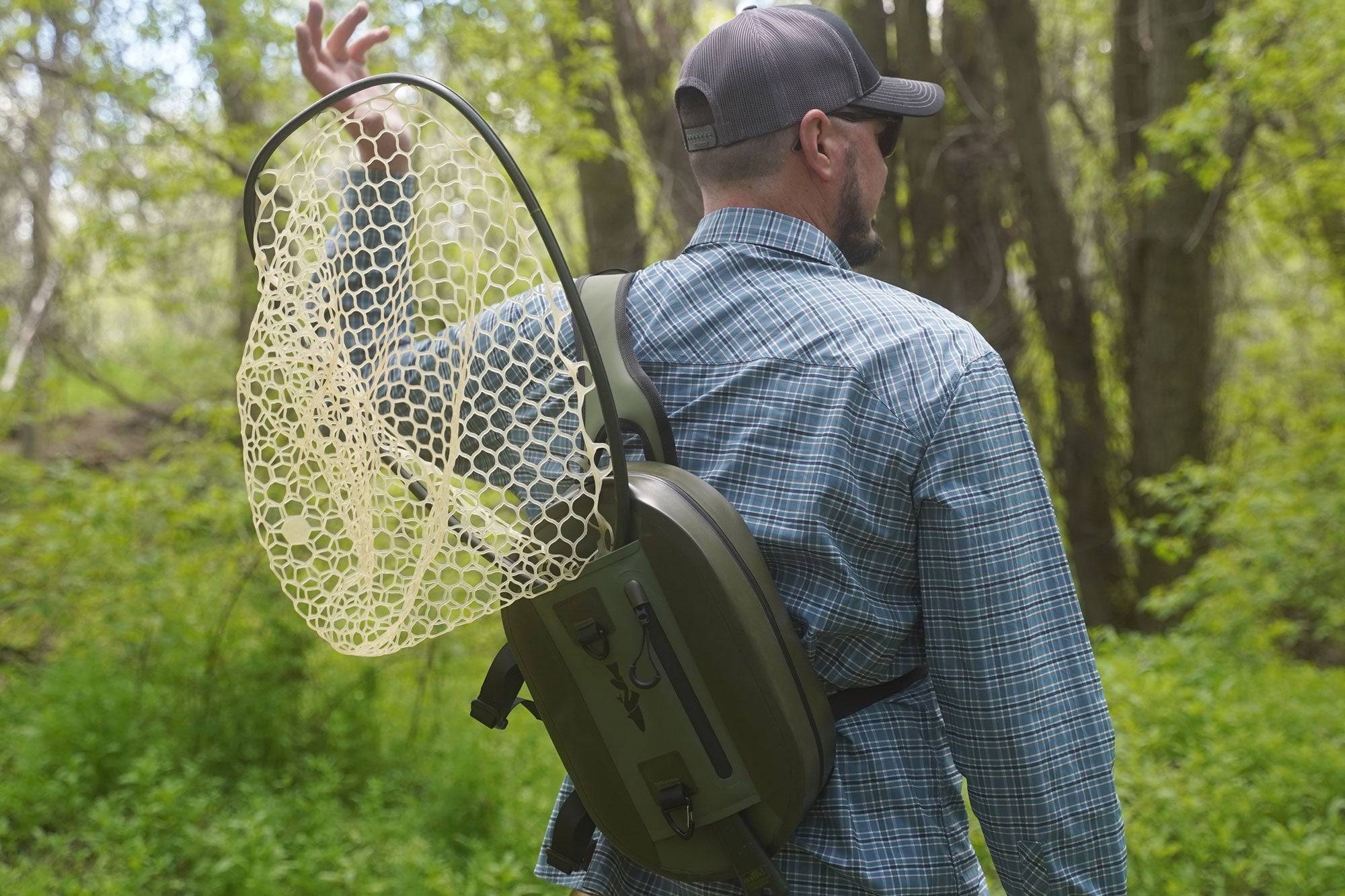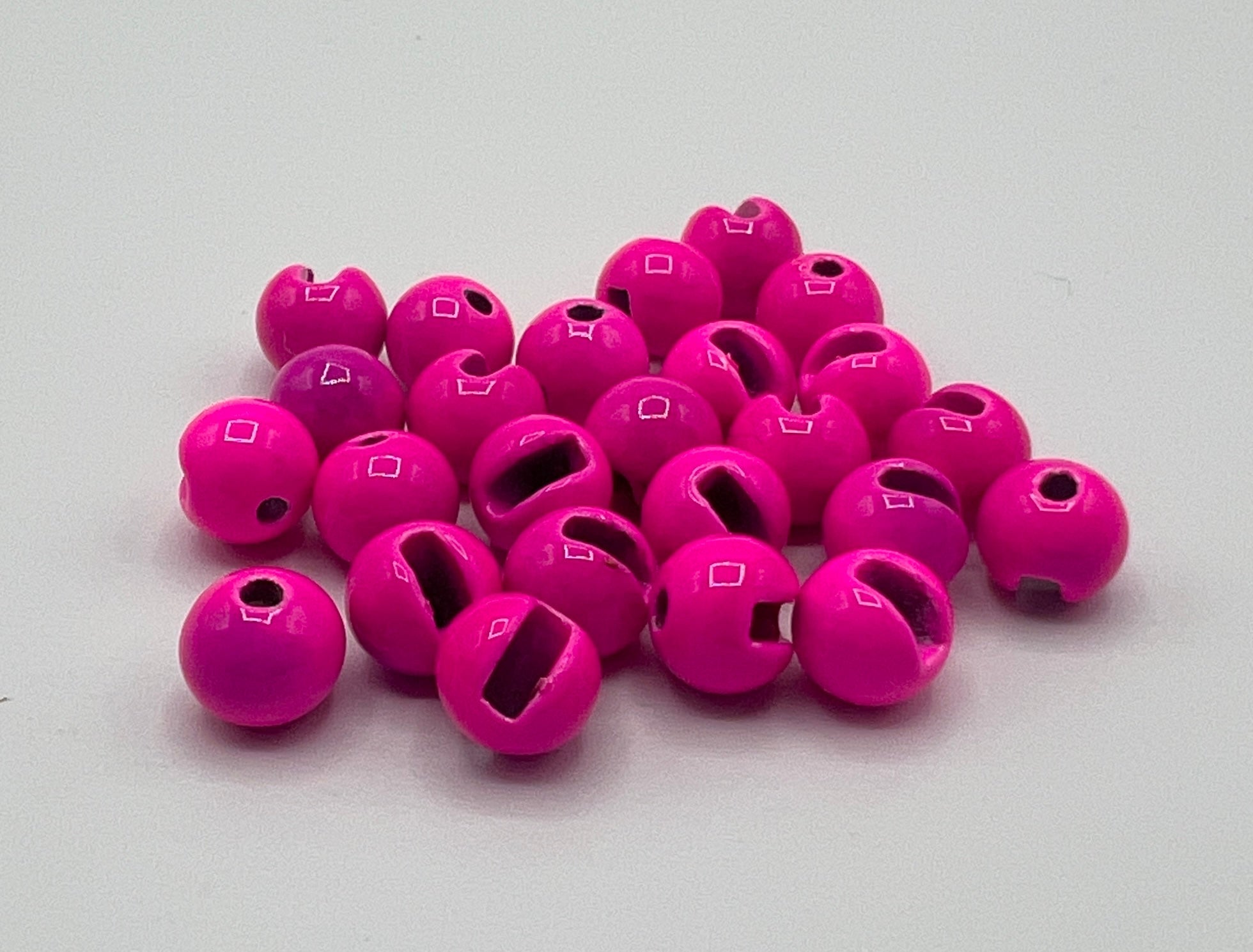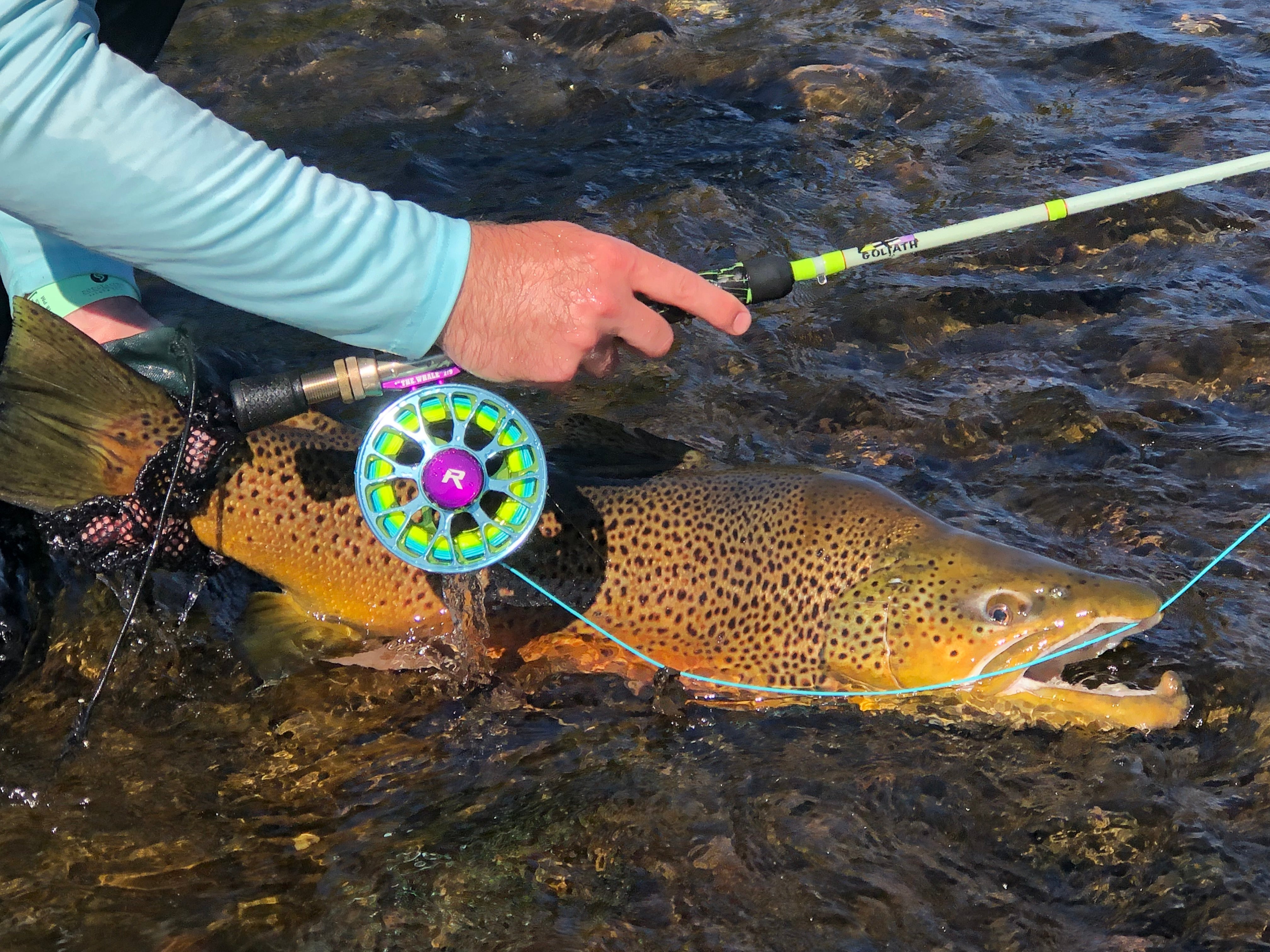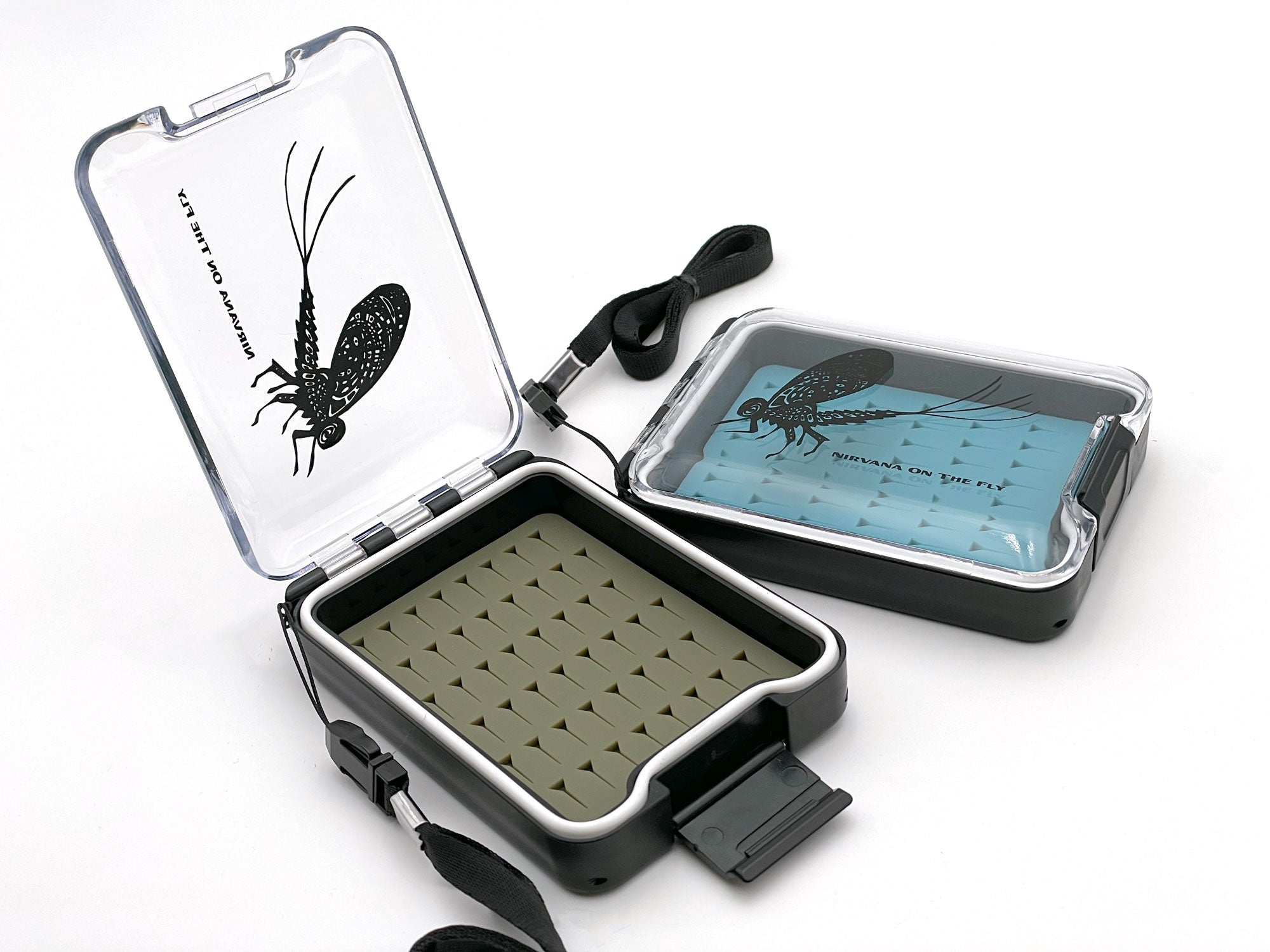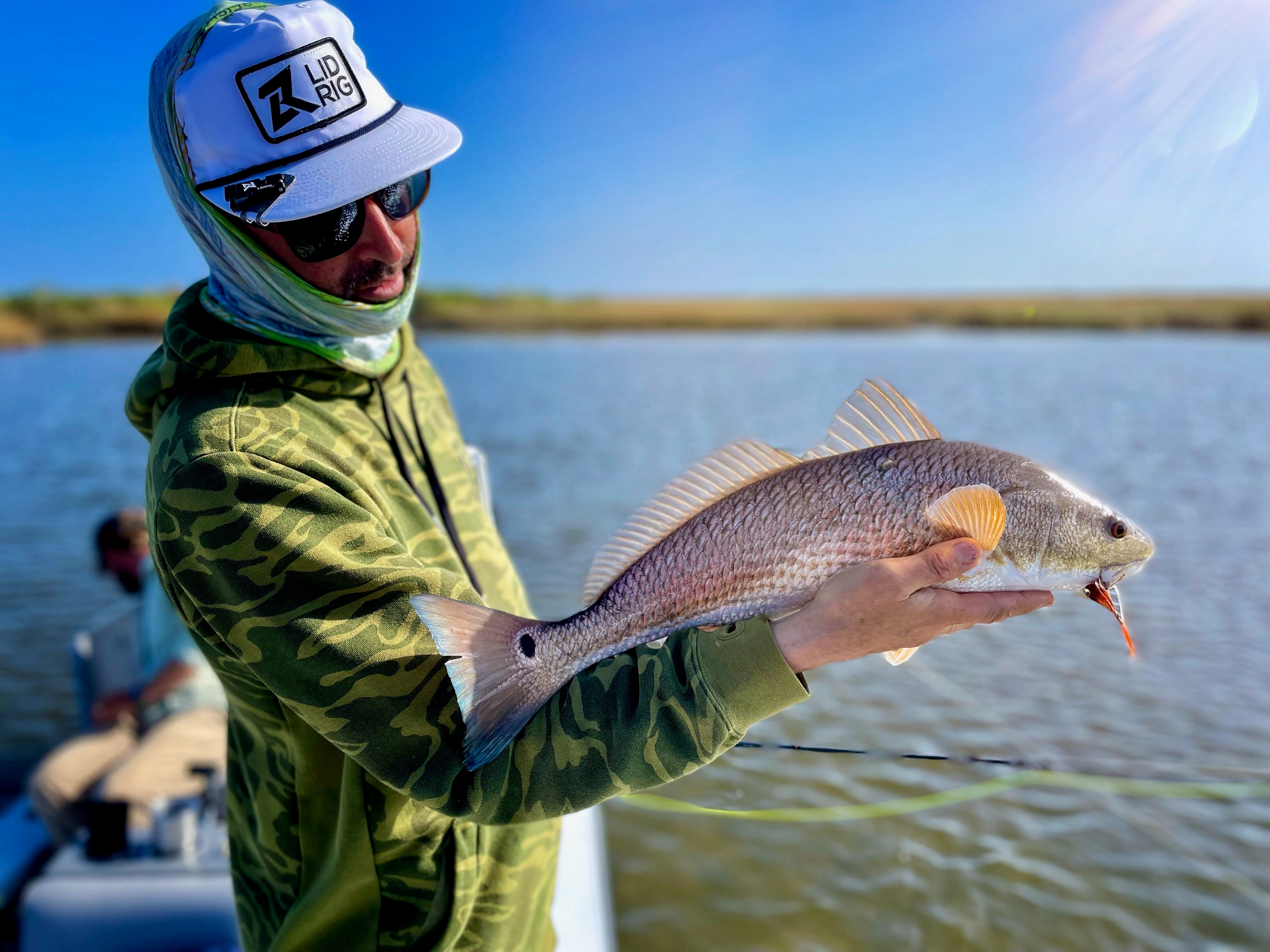Tidal predictions are generally based on astronomical factors, primarily the gravitational pull of the Moon and the Sun. However, several local and environmental factors can cause actual tides to differ from these predictions. The key is to understand that Tide Charts tell you predictions and they aren’t fact. There are numerous influencers that can change and adjust tides. For example, I wrote an article on how continental masses can affect tides that you would enjoy. This article explains several other examples that are a bit easier to observe or take into consideration. Several of the examples are acute instance related and others are obtuse in nature.
Depth and Broadness of the Area Being Measured:
- Depth: The depth of the water body plays a significant role in how tides are expressed. In deeper waters, tides tend to be less pronounced because the water has more space to disperse. In contrast, shallow waters can amplify tidal effects because the same volume of water is moving in and out of a smaller space.
- Broadness: The size or breadth of the area also impacts tidal movements. In broad, open areas, like the middle of an ocean, tidal changes might be less noticeable. However, in narrow or confined spaces, like bays or inlets, the water has less space to spread out, which can lead to higher high tides and lower low tides. Take the example of a lagoon. A tidal effect in a small lagoon would be far more pronounced than in the outside bay.
Wind Can Drastically Affect Tides:
- Wind can significantly affect tidal levels. Strong onshore winds (blowing from the sea towards the land) can 'pile up' water against the coast, leading to higher high tides. Conversely, offshore winds (blowing from the land towards the sea) can push water away from the coast, reducing the height of high tides.
- Wind can also affect the timing of tides. Strong and sustained winds can either accelerate or delay the arrival of a tide.
Shape of the Ocean Floor and Tides:
- The topography of the ocean floor (known as bathymetry) has a major impact on tides. If the sea floor slopes gently, it can lead to a gradual rise and fall of tides. In contrast, a steeply sloping sea floor can result in more dramatic and rapid changes in tide levels.
- Features like underwater ridges, valleys, and basins can also redirect and concentrate tidal currents, which can enhance or diminish tidal effects in certain areas.
These factors, along with others like atmospheric pressure and river flows, can cause the actual tides to be different from what is predicted in a tide table. This is why local knowledge and real-time observations are important for fly fishing. For fly fishing anglers, understanding these local conditions can be crucial for a successful outing, as they can significantly affect water levels, current flows, and fish behavior. They are also a significant part of safety. For example, areas where you have large tidal swings could leave you stranded and in danger of deep water or heavy currents.
Read this article, The Dangers of Tidal Swings
***Do you want to get deals on equipment, fly fishing trips, and lots of information? Become a member of the Loyalty Club on the Fly Fishing Insider Podcast.
Download Essential Elements of Destination Travel for Anglers


By Christian Bacasa
Host of the Fly Fishing Insider Podcast
Fly Fishing Insider Podcast Official Website
Instagram Fly Fishing Insider Podcast
Instagram Dupeafish
Facebook
Pinterest
Twitter
LinkedIn
Tumblr


